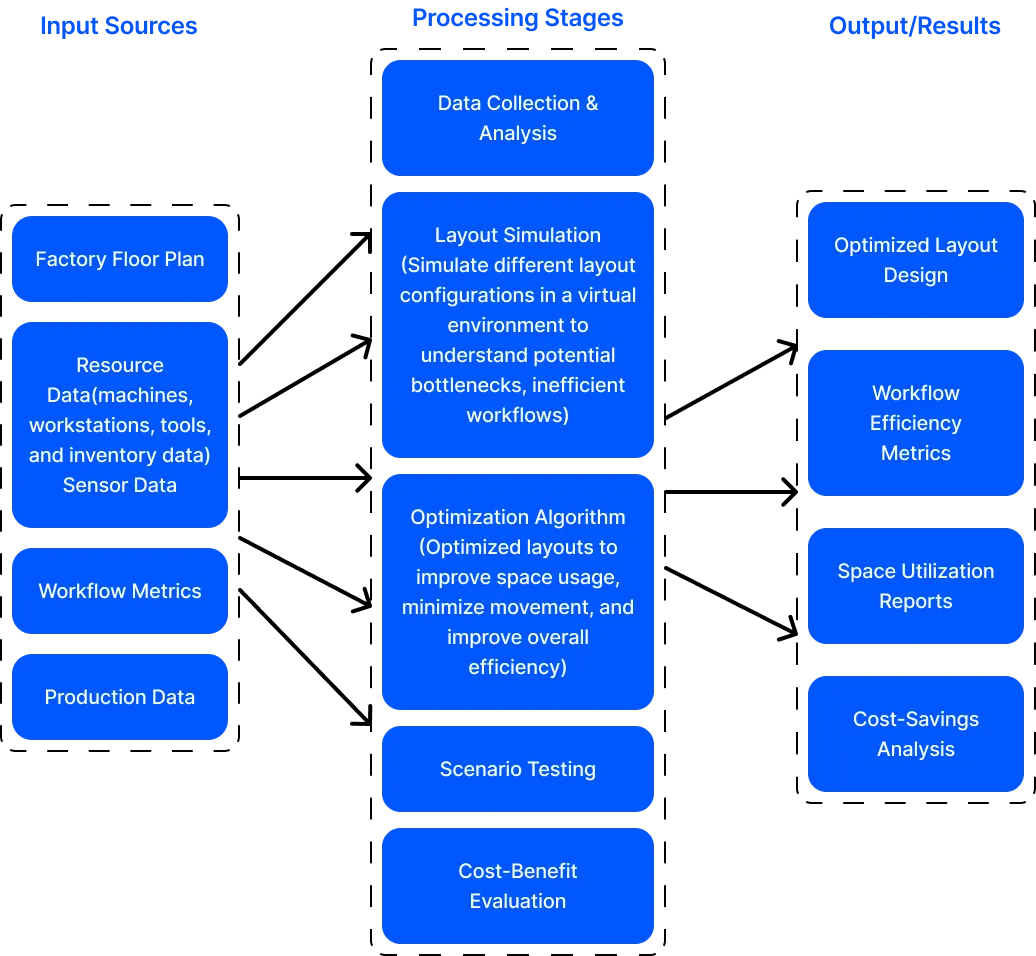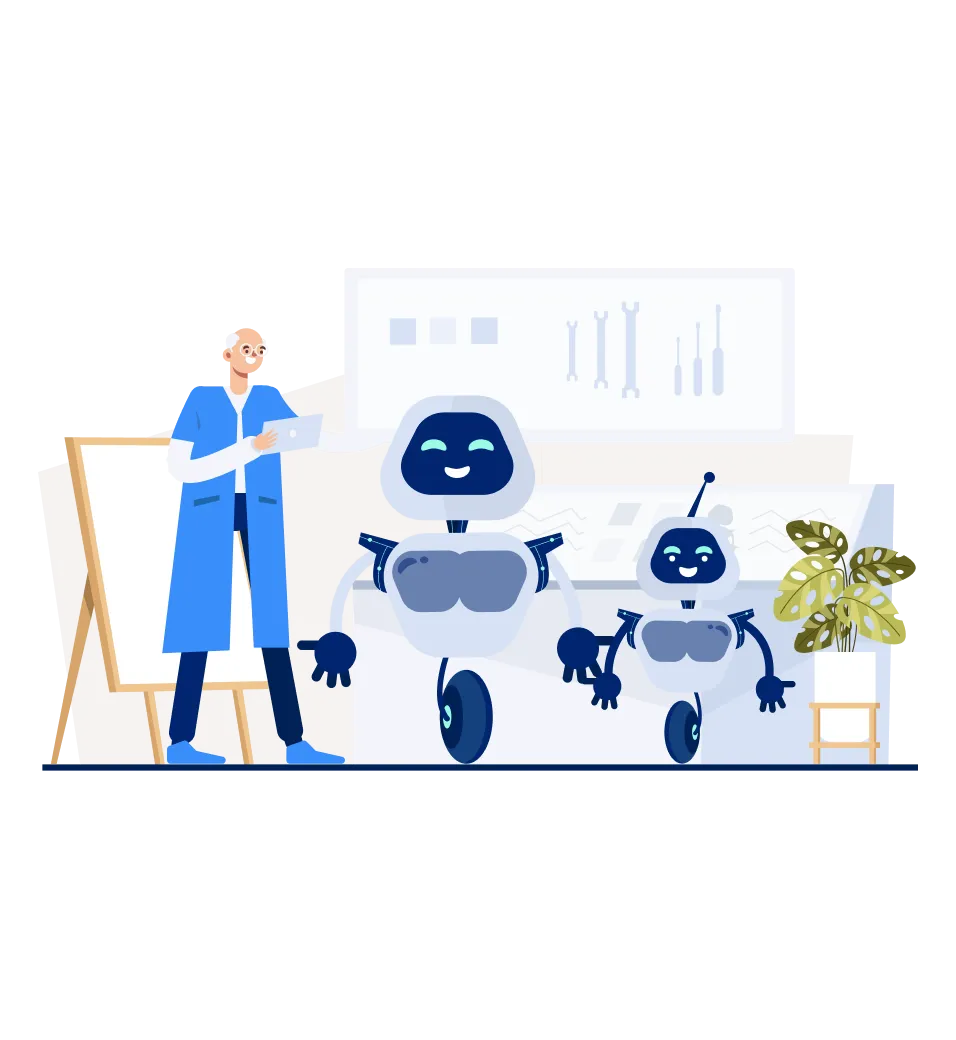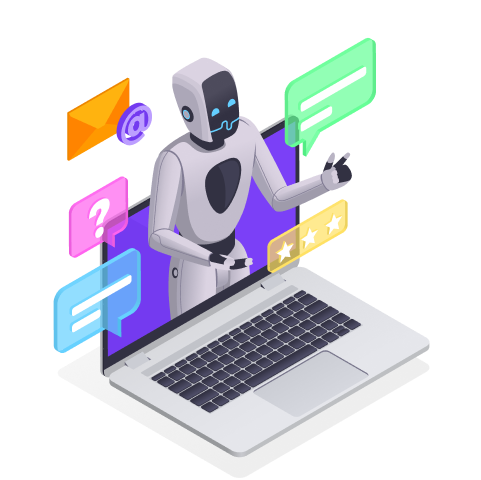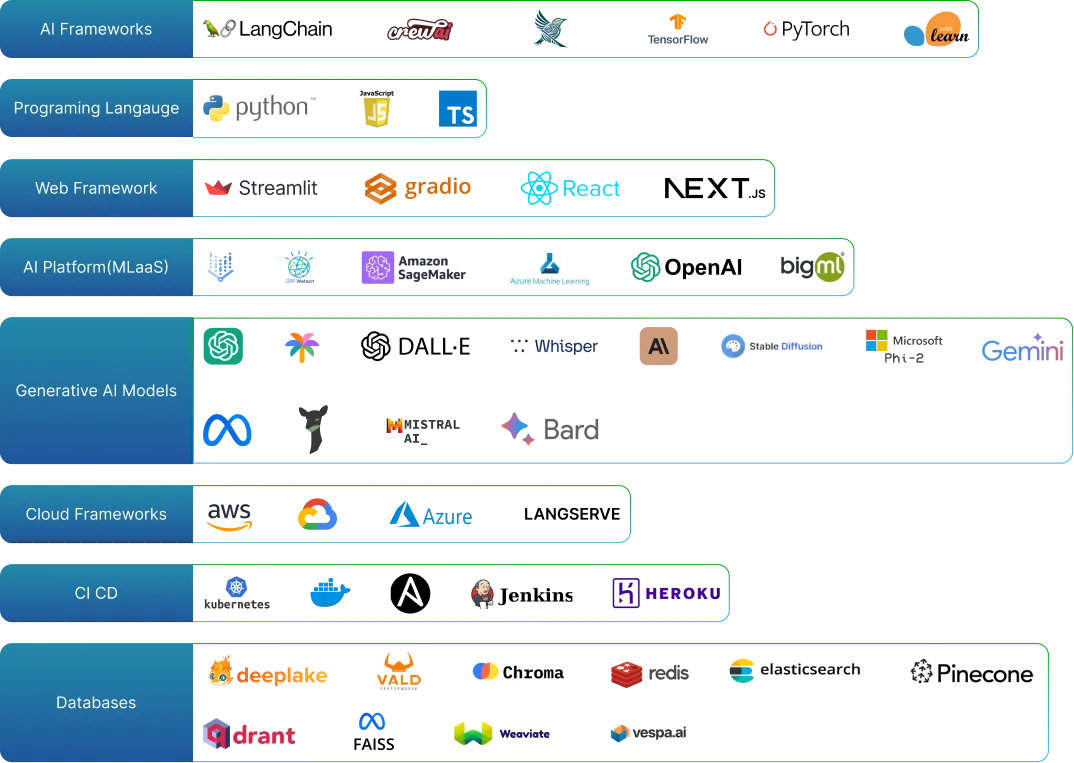AI Agents for Product Lifecycle Simulation
The AI Agents for Product Lifecycle Simulation revolutionizes the way products are designed, tested, and optimized. By leveraging digital twin technology in manufacturing, this AI-driven agent simulates a product’s entire lifecycle—reducing costs, minimizing waste, and enhancing overall product quality. By detecting design flaws early and optimizing performance before production, manufacturers can significantly improve their lifecycle cost analysis and accelerate time to market.

Accelerate Product Innovation with AI-Powered Lifecycle Simulation Agents
Our intelligent simulation agent leverages digital twin technology to virtually test product performance, detect design flaws early, and optimize material use across the entire lifecycle. From concept to disposal, it helps manufacturers reduce prototyping costs, improve sustainability, and bring high-quality products to market faster—with data-driven precision.
Challenges in Product Lifecycle Simulation
-
High Costs of Physical Prototyping
Manufacturers rely on costly and time-consuming physical prototypes, leading to increased R&D expenses.
-
Delayed Design Issue Detection
Traditional testing methods often identify design flaws late in the development process, requiring expensive redesigns.
-
Inefficient Material Usage
Without data-driven insights, selecting the best materials for durability, sustainability, and cost-efficiency remains challenging.
-
Limited Performance Insights
Real-world performance testing is often constrained by budget and time, making it difficult to simulate multiple stress conditions.
-
Environmental Impact Uncertainty
Assessing the sustainability of a product is complex, and many companies struggle to optimize for AI lifecycle management and eco-friendliness.


How AI Transforms Product Lifecycle Simulation?
-
Digital Twin Creation
Generates a virtual replica of a product to simulate real-world behavior throughout its lifecycle, enabling rapid iterations without physical prototypes.
-
Lifecycle Simulation
Simulates various stages of the product lifecycle, including design, manufacturing, real-world use, and end-of-life analysis.
-
Real-Time Testing and Validation
Conducts real-time validation of machine programming and control systems to meet operational requirements.
-
Design Flaw Detection
Identifies potential design flaws early by running stress tests and operational simulations to prevent costly errors.
-
Product Performance Optimization
Enhances product efficiency by simulating and testing different configurations before entering full-scale production.
-
Material Usage Analysis
Optimizes material selection by analyzing cost, durability, and sustainability factors, reducing waste and improving efficiency.
-
Real-World Scenario Testing
Tests product performance under diverse conditions, such as extreme temperatures, pressure variations, and user handling simulations.
-
Predictive Maintenance
Simulates product wear and tear over time, allowing manufacturers to plan maintenance schedules and reduce unexpected failures.
-
Environmental Impact Evaluation
Assesses the product’s sustainability impact and suggests design modifications to enhance eco-friendliness.
-
Cost Reduction
Provides insights into cost-effective product designs by forecasting material, production, and maintenance expenses.
Key Features of the Product Lifecycle Simulation Agent
Real-Time Digital Twin Simulation
Continuously mirrors product behavior across its lifecycle, enabling predictive testing and early error detection.
AI-Powered Material Optimization
Evaluates multiple material options to recommend the most cost-effective, durable, and sustainable combinations.
Configurable Lifecycle Testing
Allows users to test and tweak product parameters under various simulated conditions for comprehensive validation
Integrated Performance Forecasting
Delivers AI-driven insights on how a product will perform over time—considering environmental stress, usage patterns, and maintenance needs.
Sustainability Intelligence Engine
Analyzes the product’s environmental impact and offers design alternatives that align with eco-friendly manufacturing practices.
Type of AI Agents We Use for Product Lifecycle Simulation
Co-Pilot
Our AI Agents for Product Lifecycle Simulation operates as a Co-Pilot, assisting engineers by simulating production environments, identifying system inefficiencies, and providing optimization insights while keeping human oversight in critical decision-making processes. This ensures a balance between automation and expert control, enabling manufacturing process simulation to be both data-driven and user-guided.
Optimize Product Development with AI-Powered Lifecycle Simulation
Eliminate inefficiencies, reduce costs, and enhance product performance with AI-driven product lifecycle simulation. Partner with Bluebash to integrate digital twin technology in manufacturing and stay ahead in product innovation.
LET'S CONNECTWhich Work is Better Human Work Vs Agent Work
Human Work

Prototyping
Requires physical prototypes for testing.
Design Testing
Iterative, trial-and-error approach.
Performance Analysis
Relies on real-world testing.
Material Selection
Based on limited data and experience.
Cost Estimation
Estimated using physical prototypes.
Environmental Impact
Hard to evaluate pre-production.
Agent Work

Prototyping
Uses digital twins to simulate performance.
Design Testing
Runs multiple lifecycle simulations instantly.
Performance Analysis
Simulates performance under various conditions.
Material Selection
Cost Estimation
Optimization
Provides data-driven cost projections.
Environmental Impact
Simulates and quantifies sustainability metrics.
ROI of AI in Product Lifecycle Simulation
Reduced Prototyping Costs
Avoids the need for costly physical prototypes by enabling full lifecycle simulations.
Lower Design Costs
Reduces development expenses by detecting design flaws in early-stage simulations.
Faster Time-to-Market
Accelerates product development by refining designs before production begins.
Improved Product Quality
Enhances performance and durability by optimizing design elements through AI insights.
Sustainability Enhancement
Promotes eco-friendly manufacturing with optimized material selection and reduced waste.
Minimized Production Waste
Reduces material waste and manufacturing inefficiencies through lifecycle cost analysis.
AI Agents Interface for Product Lifecycle Simulation
Interactive Dashboard
Monitor real-time simulation data, lifecycle insights, and performance metrics.
Simulation Controls
Configure testing scenarios and modify product parameters for customized analysis.
Design Feedback Interface
Receive AI-driven recommendations for enhancing product design and performance.
Material Optimization Tool
Compare material selections for cost, durability, and environmental impact.
Lifecycle Overview
View a complete simulation of the product lifecycle, from concept to disposal.
Performance Reports
Generate in-depth reports on product performance, sustainability, and cost-effectiveness.
Artificial Intelligence Tools and Platforms
Explore cutting-edge AI tools and platforms for advanced analytics, machine learning, natural language processing, and innovative solutions.

Frequently Asked Questions
An AI-powered system that uses digital twin technology to simulate a product’s lifecycle, improving design efficiency and reducing costs.
By running simulations and analyzing real-world conditions, AI refines product design, minimizes flaws, and optimizes durability.
Yes, it seamlessly connects with CAD, PLM, and manufacturing execution systems for real-time data synchronization.
It evaluates material choices, optimizes designs for efficiency, and provides lifecycle cost analysis to reduce waste.
Bluebash specializes in AI lifecycle management, providing automated simulation tools and real-time optimization for manufacturers.


